What
Wintersession Travel CoursesWhere
When
Winter 2018
Course Dates: Jan 2, 2018 — Feb 6, 2018
Travel Dates: Jan 2, 2018 — Feb 2, 2018
In this studio course RISD students will engage with the reciprocity between craftsmanship and the adaptation of the built environment in the context of artisan economies.
This liberal arts course is based in Morocco’s cultural capital, Fez, a city renowned for its ancient medina, its 9th-century university (al-Qarawiyyin) and library (the world’s oldest) and its rich, hybridized traditions of artisan craft that are rooted in centuries of cross cultural exchange between Europe, Africa and the Middle East.
Course Dates: Jan 2, 2018 — Feb 6, 2018
Travel Dates: Jan 2, 2018 — Feb 2, 2018
Includes airfare, accommodation, field trips, local transportation, group dinners + some meals, museum entrances, health and travel insurance.
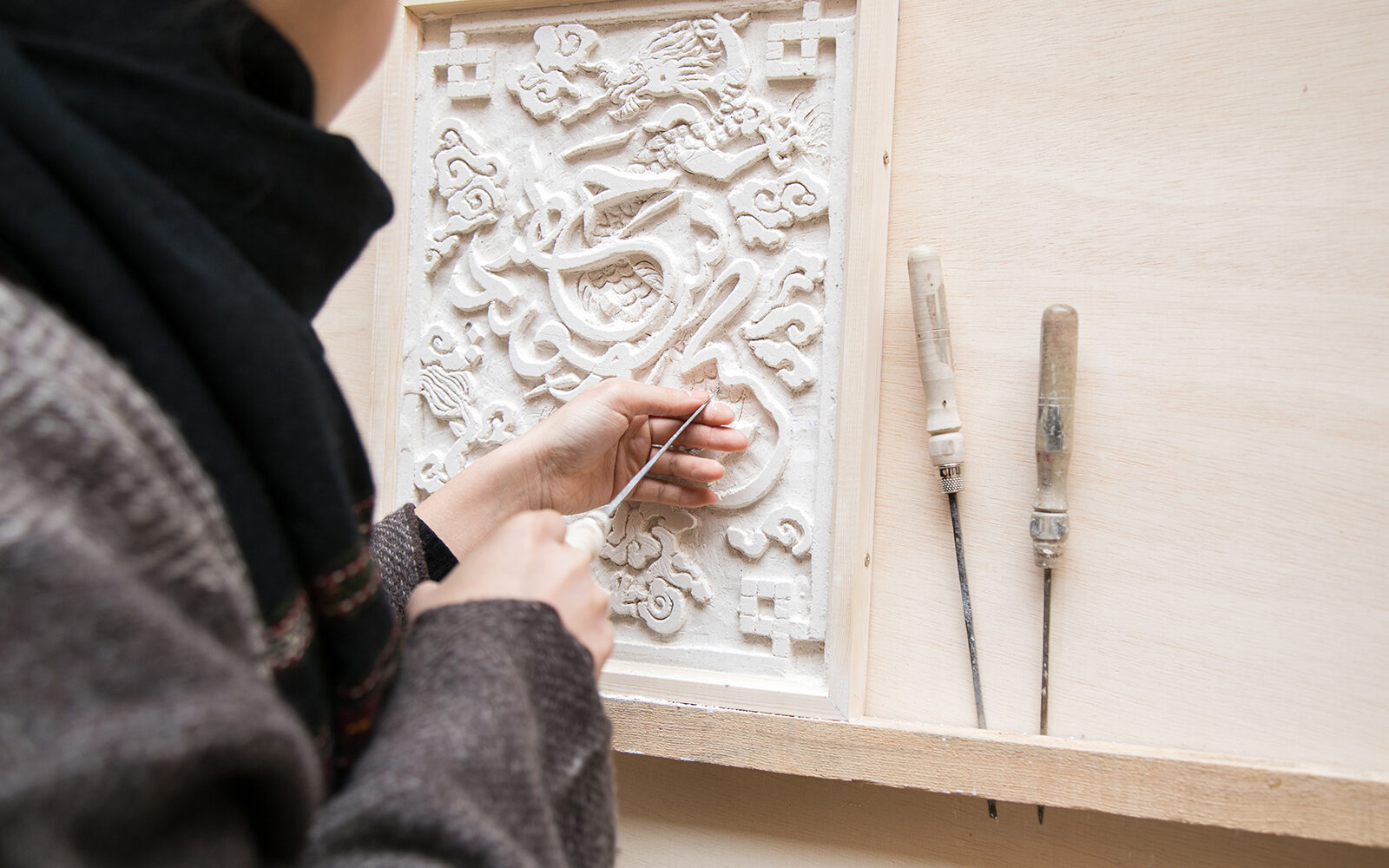


In this studio course RISD students will engage with the reciprocity between craftsmanship and the adaptation of the built environment in the context of artisan economies. The course will use Handicrafts in Morocco as a case study to explore the balance between preservation and innovation in geographical contexts where the making of artifacts and environments today may associate heritage, tradition, know-how, societal-contract, and creativity as forms of craftsmanship. Over the course of a 4-week period RISD students will be based in the World Heritage site of the city of Fez combining an immersive learning environment with periodic study tours in Morocco. RISD students will participate in a series of workshops in collaboration with Artisan Centers exploring how a combined millenary confluence of cultures and planned societal organizational systems are reflected over time both in the handicraft sector and the adaptation of the built environment in Fez.
RISD students will participate in a multi-lateral exchange of ideas and perspectives. Using the direct collaboration with the Liberal Arts course; the resources and know-how of Moroccan Artisans Centers; and visits, lectures and interviews in Morocco to observe and directly experience craftsmanship in context as a process to engage with specific challenges that artisans' economies face in today's global economy. During the course students will study craft in reference to the adaptation of the built environment simultaneously as a form of heritage and socio-economic development: where past and present technical, cultural and social protocols associated with handicrafts are on the one hand a vital form of preservation and transfer of know how; while on the other hand a driving factor for employment of youth and the functioning of the local and export markets.
RISD students will be exposed to an immersive learning experience in Morocco as an opportunity to speculate to what extent existing and emerging compositional principles observed and experienced on site may generate systems for representing nature and order in reference to local and global contextual changes. The studio will use the millenary labyrinth and mosaic nature of the narrow streets of the Medina of Fez to analyze the notion of the interiority in the way building tradition and community coexists in a place listed as a UNESCO world heritage site. Over the course of their study in Fez students will observe and survey existing buildings in a neighborhood in the urban fabric assessing how the combination of mixed-used program activities and services related to artisan's economy might become a catalyst for development and local residents.
The studio will be collaborating with the Ministry of Handicrafts to identify a site in one neighborhood in the Medina where students' may transfer their direct observations in the field in dialogue with the faculty and team of experts to particular projects; or in developing a collective project addressing specific programmatic strategies for adapting the space to a possible cultural, educational, commercial or residential program. Throughout the survey and exploration process on site students will explore a broad of range of compositional and adaptation principles in direct dialogue with the context of study.
The field project is the culmination of students learning experience in Morocco. The project is based on the design of a space in the Medina of Fez that collects samples of the experiments created during the workshops in the Artisans' centers in context as well as the methods in which students responded to the broad open question in how a site in the Medina might become a catalyst for development and local residents. Students will use the selected site to map, propose and model series of micro interventions
At the scale of inserts, additions to the built environment that may evoke new possibilities to increase the spatial performance of the existing site and its programmatic demands. The final project offers the opportunity for students to analyze compositional principles in reference to how materials come together and the underlying logic inherent to the application or development of craft in context. The programming offers students to design an interface between private and public environments exploring the notion of interiority in urban space in the Morocco social and cultural contexts. Students are expected to document and transport their work to campus for final presentation.
This course is based in Morocco’s cultural capital, Fez, a city renowned for its ancient medina, its 9th-century university (al-Qarawiyyin) and library (the world’s oldest) and its rich, hybridized traditions of artisan craft that are rooted in centuries of cross cultural exchange between Europe, Africa and the Middle East. As we examine this rich visual culture firsthand, and think through the site-specificity of local craft traditions against the backdrop of the dynamic cultural transformation of an African post-colony, we will reconsider the persistent binaries of modernity and tradition; art and craft; local and global. Specifically, we ask how the concept of the global contemporary dissolves the colonial dyad of Western and non-Western, as we come to understand tradition as contemporary, and modernism as multiple and dispersed. First, we will excavate the histories of craft and the politics of making, looking at 18th and 19th-c European processes of industrialization, modernization and colonialism, and backtracking further to parse the Greek concept of techne that remains central to philosophers such as Hannah Arendt and her ethics of making, and later, to Richard Sennett who, in The Craftsman, a key text of the class, disputes the Cartesian split between hand and brain to argue for making – for crafting – as a form of embodied thinking. Diderot’s Encyclopédie – which I present as a manual of contemporary craft – is followed by discussions of the paintings of Delacroix and Gérôme (as read through Said and Nochlin’s Imaginary Orient) to attune students to the mythologizing of Morocco in the French imagination, and the ways that craft was central to the Orientalist project.
Next we turn to local, Moroccan vocabularies and epistemologies of art and craft— both Tamazigh and Islamic— drawing out the ways in which they challenge the rigidity of dualist Enlightenment frameworks that separated art from craft. Reading Labelle Prussin (architect and Africanist architectural historian) and Cynthia Becker (Africanist art historian) we examine the symbols and motifs of several Amazigh groups, as well as local materials and processes such as indigo (used by the Touaregs) and henna (by other Berber groups), to attend to the metaphorics and pragmatics of material as ground and resistance. We will draw on the recent re-framing of craft discourses by design historians such as Glenn Adamson to ponder concepts such as skill, deskilling, mastery, labor, outsourcing, appropriation, heritage and process. In this and other instances, discussions will move between close observation of local practices and the broader ways in which contemporary African and Middle Eastern artists have approached similar materials and forms: such as Malian artist Aboubakar Fafana’s 2017 Documenta installation on material histories of the indigo plant; Berni Searle’s video treatment of henna and dyeing; or Pascale Marthine Tayou’s extensive meditations on the politics of the labyrinth as an urban configuration. In this vein, we look at the architecture of the medina and histories of post-colonial resistance, reading the city through Bataille on the labyrinth and films such as Battle of Algiers, as well as Fanon (on veiling, and resistance). All the while, we explore how the complexities of gender play out in these specific spatial contexts, as well as in the female-dominated, local craft co-operatives. Female-gendered spaces are frequently aligned with interiority, and so, prompted by that complex history, as well as by the curtain of the veil (an envelope of interiority); the mosaic surfaces of Fez interior architecture; and the famous gold stamped leather book covers in which leather wraps the word, here we align our focus with that of our partner (IntAr) to examine local conceptions of interiority, surface and covering through Giulano Bruno’s writing on surface and Ewa Lajer-Burcharth’s conception of interiority as grounded in a “deep materiality.” As we explore the relationship between the terms interior and interiority –the metaphor between the inside of an architectural space and our own insides, or what we call subjectivity – we explore a counter-proposal: that interiority is shaped by exteriority, by what lies outside. To this end, we look at the (somewhat repressed) interiorization of Africa by Europe; and the reciprocal (though different) consumption of the French by mid-century Moroccans.
In the last week of the class, when students will present their studio projects in a local space, we will shift our attention to the pragmatics of curating; and spend the week working on multiple drafts and iterations of an extended artist’s statement and oral presentation. Here students will be asked to synthesize the cumulative readings and discussions, and to apply broad ideas to the specifics of their project, while contextualizing their work in terms of the particularities of the architectural site, their status as outsiders, and the larger discourses of global contemporary art. Through a close study of one locale, Fez, and its specific histories of negotiating dynamic cultural exchanges, we will think through the art, material culture, and aesthetics of Morocco as instances of a local, hybridized modernism in dialogue with global Africa and global contemporary art.
Required texts:
This is a co-requisite course. Students must plan and register for INTAR-1511 and HAVC-1511. Students will receive 3 studio credits and 3 liberal arts credits.
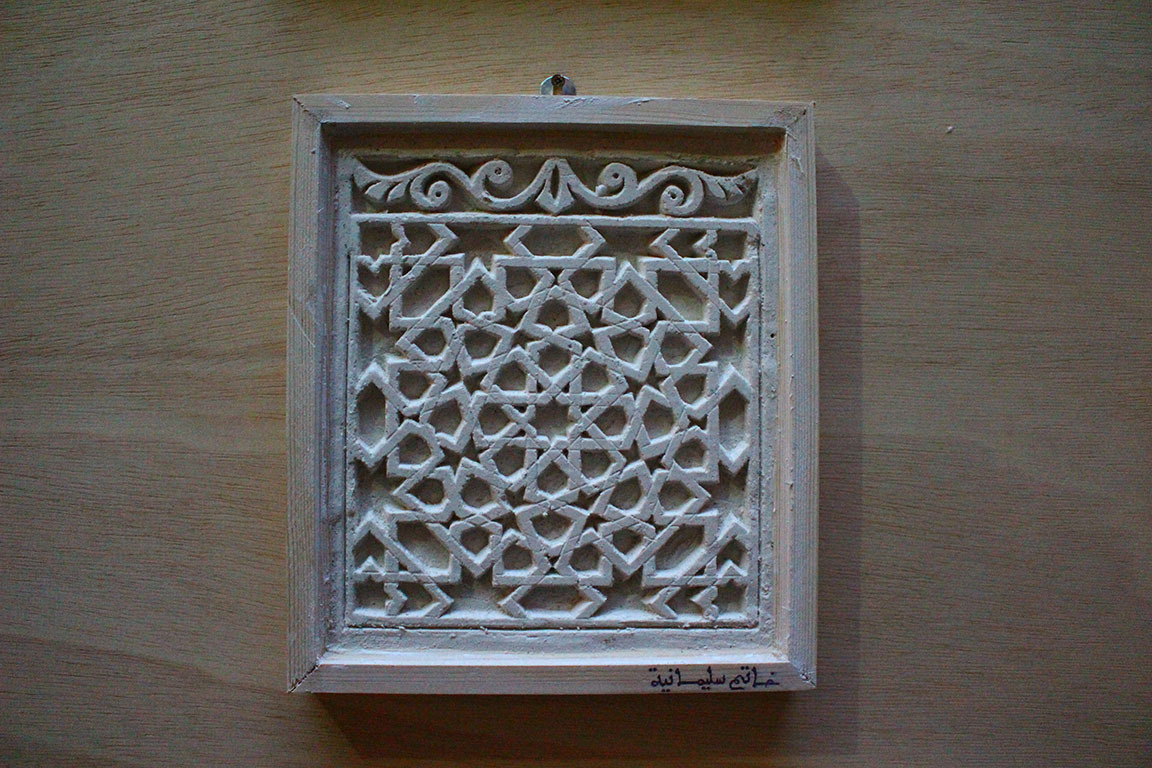
Wintersession 2018

Wintersession 2018
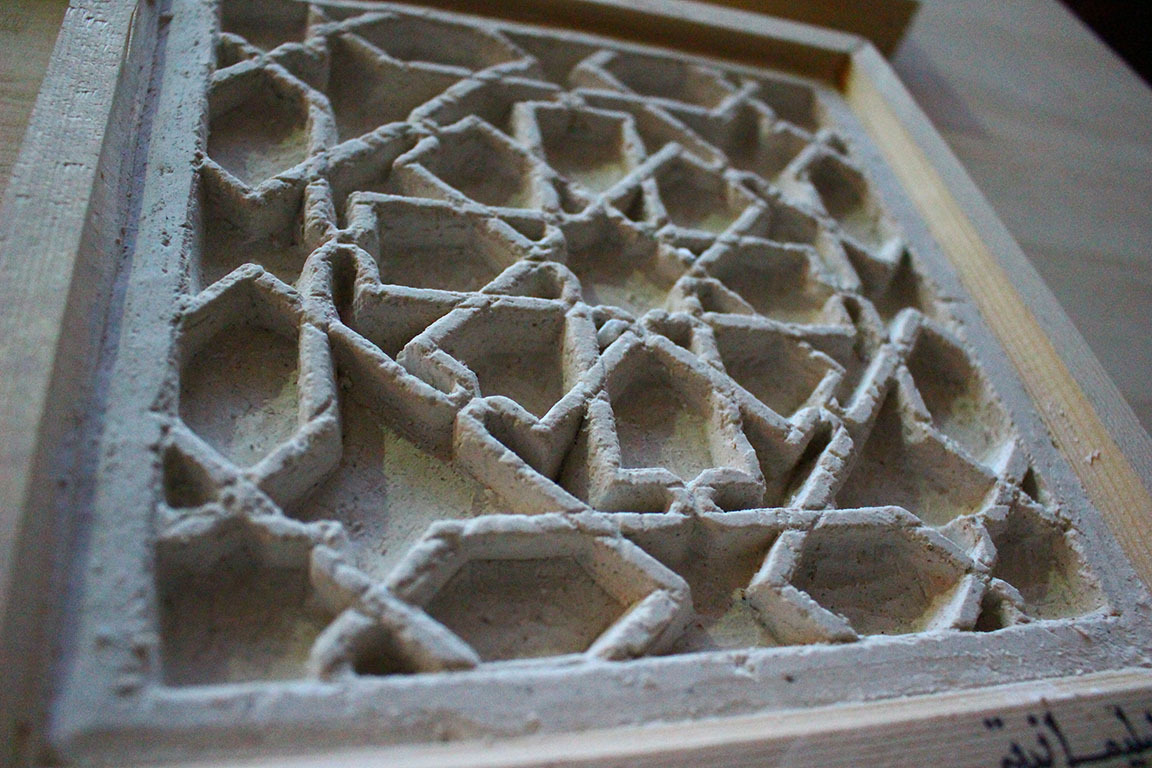
Wintersession 2018
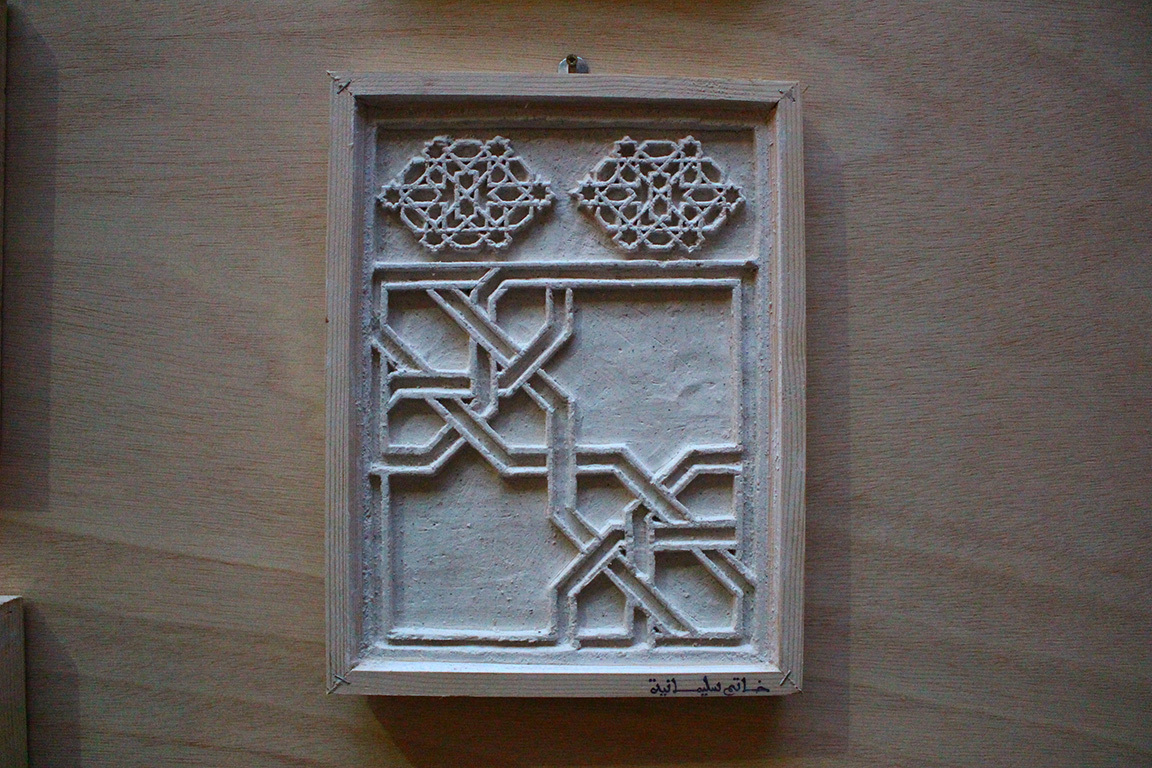
Wintersession 2018
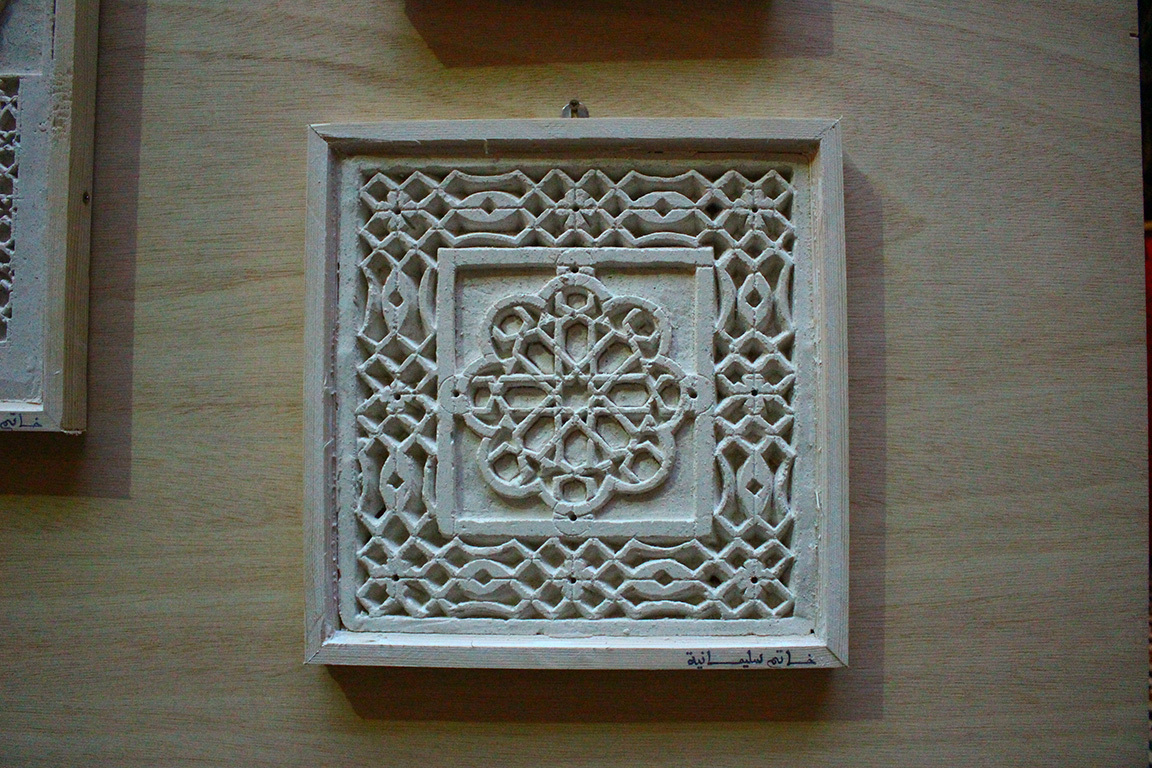
Wintersession 2018

Wintersession 2018
Read more about Morocco: Crafting the City in RISD News:
Yunni Cho, BRDD 21 IA | ON COMPROMISE
Excerpt: "The beauty of Moroccan handicraft lies within the act of compromising. The intricate and complex Islamic patterns hold their presence through a string of compromises between mathematical precision and the artisan’s freedom of choice...My work is about these compromises. Through my art, I aim to show what lies beneath the surface of what appears to be purely mathematical pattern. My drawings follow the movements of the artisan’s hands and record every line and grid he made to understand how to create each pattern. The drawings allow the viewers to decipher the patterns that were later cut into each plaster sculpture and to understand the process of making each work. Through such a process, I hope my work shows the beauty of intangible human characteristics present in Moroccan handicraft practices."

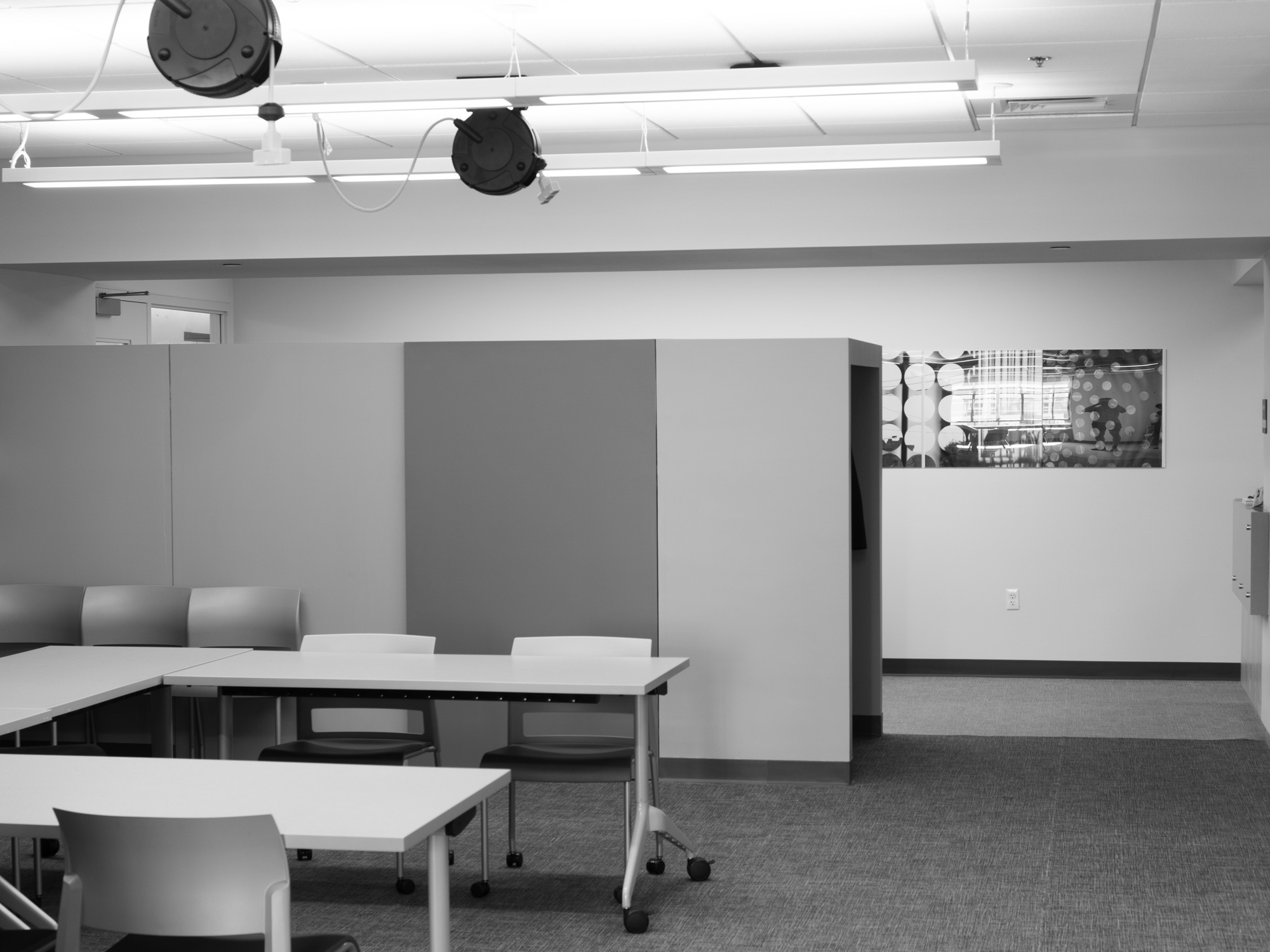
Have questions? The RISD Global team is available to meet for a 1:1 advising session. We can give you more information about your study options, help you figure out which program makes sense for you, and assist you with the application process.
Schedule an AppointmentNo upcoming events for this program at this time.
No announcements for this program.